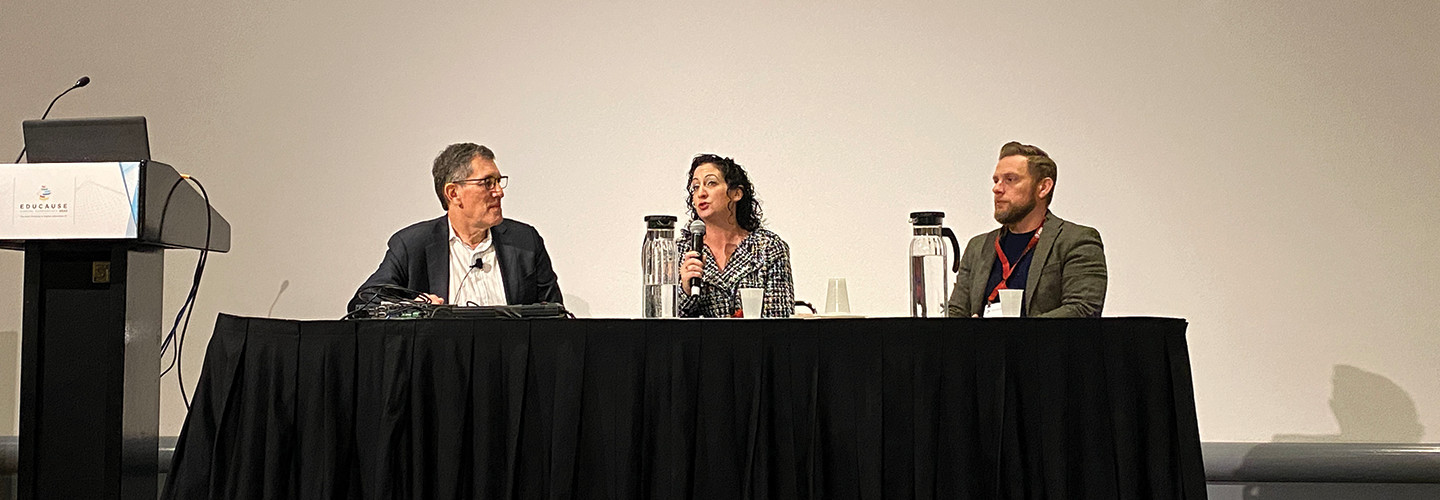“Our students are demanding different ways to learn,” Evans said. Students know the capabilities exist, so they’re asking to attend classes remotely and for recordings of past classes to aid in retention and improve learning outcomes.
To that end, ASU students are also looking to use Zoom in applications outside the classroom, whether that’s for club meetings or group classwork, Evans said.
UC Riverside took a similar approach during the pandemic, Gunkel noted, and the university is now exploring ways this collaborative technology can extend its reach beyond the classroom to meet student and faculty needs.
Collaboration Tools Have Applications Beyond the Classroom
Gunkel said UC Riverside previously was operating with disparate phone and chat platforms that didn’t integrate well with each other.
“We thought, ‘How can we really holistically bring this singular, cohesive experience around communication to our community and to our population?’” he said.
Moving to this cohesive platform had accessibility considerations, as well. Eliminating as many barriers as possible brings a level of equity to the collaboration experience.
“This really is about access,” he said. “We’re an extremely diverse population. We have to think about how we can provide these solutions to our students and how we can seamlessly put them together, not only with their learning environment but also with the ways in which they want to communicate.”
The answer was found within the Zoom platform. UC Riverside is in the process of expanding the university’s Zoom footprint across campus and beyond, especially as remote work continues to grow.
UC Riverside’s administration is supportive of the move toward hybrid working and learning, Gunkel said, so initiatives are underway to help connect this evolving hybrid community. By employing solutions like Zoom phones, kiosks and virtual call centers, UC Riverside is facilitating a hybrid environment that integrates with the technology the university is already using.
Institutions Can Expand Their Footprints with Collaboration Software
Evans joked that ASU’s end goal is “world domination” as the university expands its presence across the country, internationally in 33 countries, and even into the K–12 sphere through a feeder school. The university has a goal of 1 million learners in 10 years, but she notes it’s not feasible to expect that many people to show up to campus in person.
“It gives you another opportunity for freedom and flexibility that didn’t exist before. And at ASU’s scale — 165,000 students — we need that freedom and flexibility,” she said. Having a collaboration suite allows for this engagement and connection without having to modernize classrooms or complete costly construction projects.
Click the banner below to get exclusive content as an EdTech Insider.












